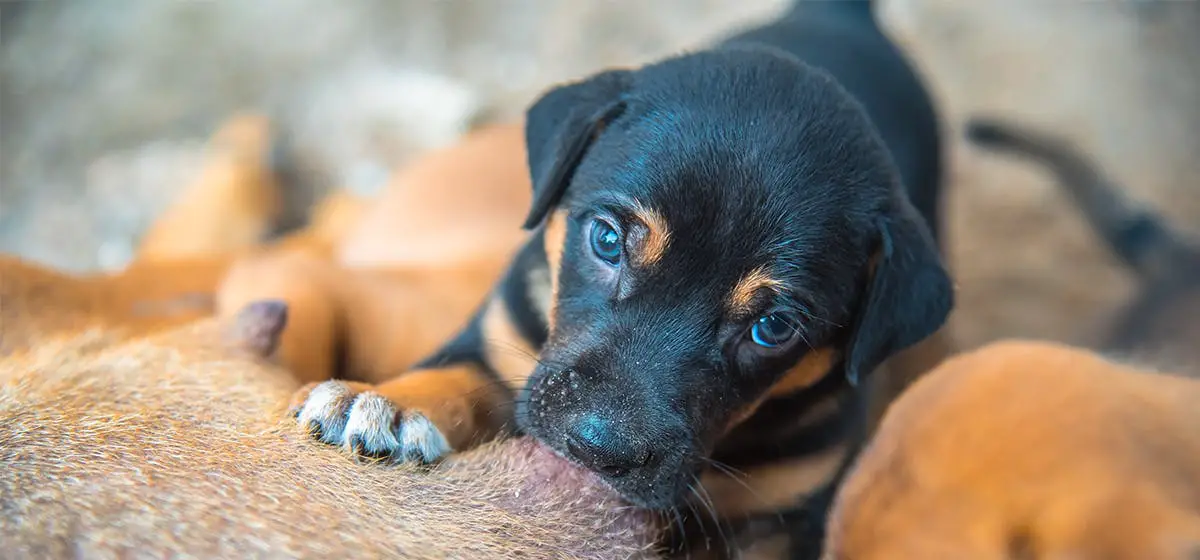Have you ever wondered why, after returning from a run, your clothes can be wrung out from sweat, but the fur of your four-legged friend who was running alongside remains completely dry? Why don’t dogs sweat when they’re hot? Dogs sweat, but in a completely different way than humans. 
Dogs sweat a little differently than humans, they do not sweat through the surface of the skin, which is why they are more prone to overheating and the development of hyperthermia when the body temperature rises.
Description of dog sweat glands
Dogs have two types of sweat glands – some help cool the body while others don’t. The apocrine sweat gland does not participate in lowering body temperature, because it has a different purpose. This type of sweat gland is considered to be the main one in dogs.
Each hair follicle has its own apocrine gland, so your dog is practically covered by these beneficial sweat glands. The primary function of the apocrine glands is to release hormones that chemically signal to the rest of the dog, but do not release moisture at all, which helps lower body temperature.
The sweat that is excreted through the apocrine glands is oily but odorless, but that’s only until it mixes with the resident bacteria in the skin that give the sweat its odor.
Merocrine or eccrine sweat glands are the main types of sweat glands in humans. Dogs also possess this type of sweat glands, but they are found on the pads and possibly on the nose. The eccrine glands produce sweat, which is predominantly sodium chloride and water.
Those areas of the skin where the hair is practically absent, such as, for example, the pads and nose, have the ability to remove moisture in the form of sweat through the merocrine glands, which are activated when the body is heated. This explains why veterinarians see wet paw prints on their perfectly clean examination tables every day.
How dogs cool
When sweat is released through the paws, it helps the dog to cool slightly, but it is most effective when he is breathing heavily. People sweat to regulate body temperature, as water evaporation helps to lower body temperature. Dogs do it differently because instead of sweating, their bodies try to evaporate water through their saliva, so they use heavy breathing as a way to cool.
